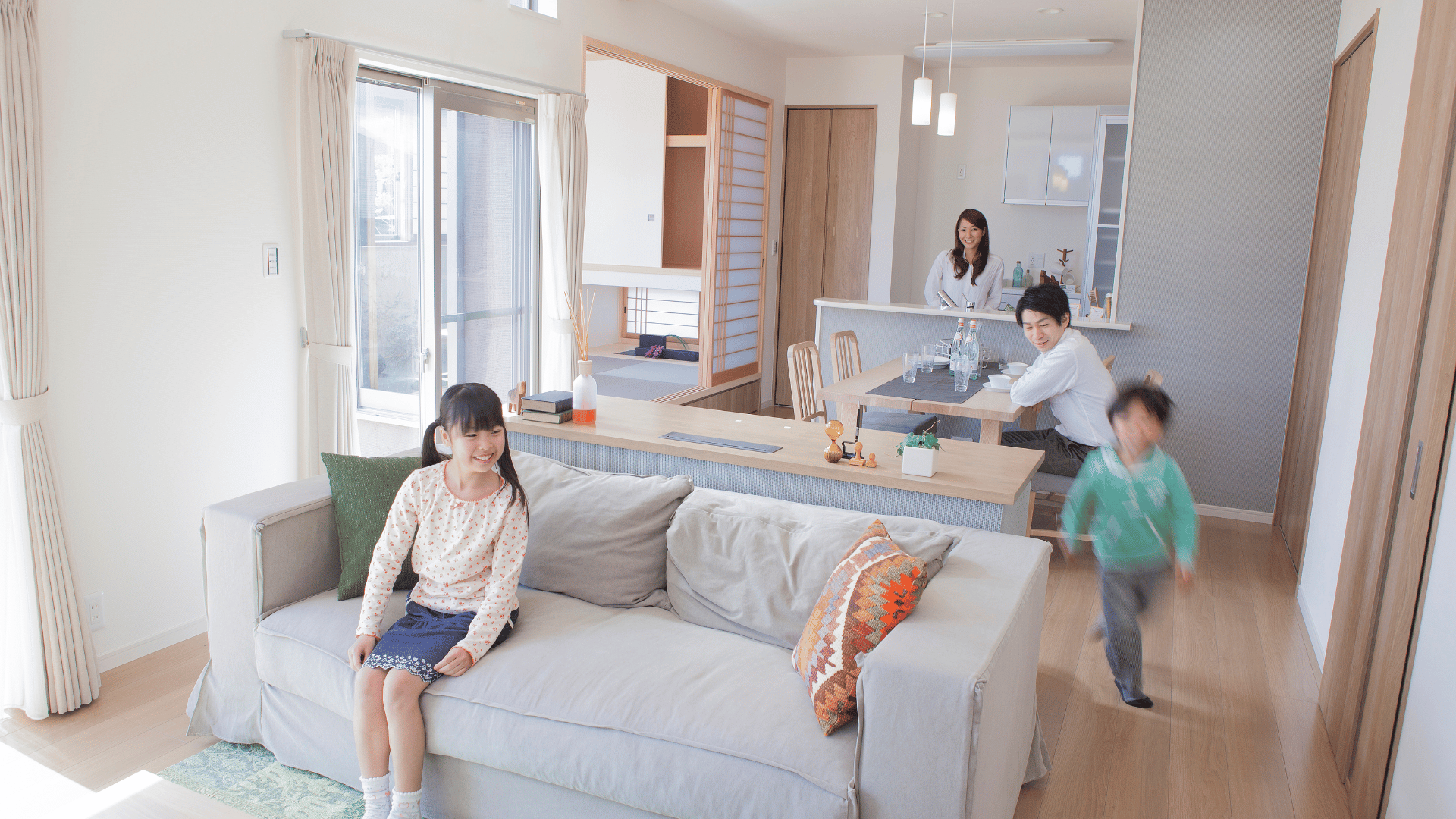You can't think when there's too much clutter. You cannot produce while you are unable to think. Your world slows down when you are unable to produce. Looking for ideas on how to simplify your life? What if we eliminated everything unnecessary and only allowed items with true worth to fill our lives?
Consider looking at the Japanese culture as well as their personal and business philosophy. Applying these Japanese concepts to your own personal lives can help you create a calm and quiet space that promotes relaxation and simplicity in your home.
For good reason, Japanese minimalism has been gaining popularity in the present moment because of individuals like Marie Kondo and Fumio Sasaki. This Japanese philosophy leads to a straightforward, tidy life that is influenced by Japan's distinct history and culture.
In this article, we will discuss 10 Japanese concepts on minimalism, which offer a distinctive take that can help us learn how to lead a more purposeful and fulfilling life.
Japanese Minimalism
This Japanese concept emphasizes happy and healthy living by limiting one's possessions to the necessities. It is evident in many aspects of daily life, including architecture and fashion choices, and is influenced by the aesthetics of the Zen Buddhist concept.
Contrary to popular belief, not all Japanese people practice minimalism. Like any other country, a large portion of the population in Japan leads a traditional life heavily influenced by consumerism. Nevertheless, the Japanese have an inherent minimalist view, even before industrialization.
It is critical to distinguish minimalism from frugality or poverty. When it comes to consumption, a minimalist limits their purchases to what they truly need, whereas a frugal person attempts to live within their means. Furthermore, a poor person might not own many items since they are too expensive.
1. Kaizen
This method of organization means continuous improvement, or "to change for the better." It is a business philosophy seeking to continuously improve operations and involve all employees. Kaizen sees improvement in productivity as a gradual and methodical process.
Every component has a specific position and creates harmonious spaces. Small acts of organization that add up to a whole constantly improve efficiency. It will help you enjoy your leisure time while you comfortably tidy and clean your house if you develop this "task" and turn it into desirable habits.
2. Kanso
Maintain a basic, uncluttered, and practical aesthetic by creating a sense of clarity and simplicity rather than concentrating on decorations.
This Japanese concept is based on utility, simplicity, and minimalism. Kanso, which also has its roots in Zen Buddhism, focuses on the elimination of exaggerated details to create a neat and simple aesthetic.
You may create a calm and harmonious room that encourages rest, clarity, and a sense of well-being by incorporating Kanso into your design. The design's emphasis on key components and decluttering can help create a tranquil environment that is ideal for rest and renewal.
Accepting these ideas helps you unwind, concentrate, and feel good about yourself. It also enables you to create a peaceful space that supports your total balance—mental and physical.
3. Ma
Ma is a Japanese design idea that aims to create a harmonic balance between occupied and vacant space, or positive and negative space. It draws attention to the importance of emptiness, giving the viewer's imagination space and encouraging harmony, peace, and introspection.
Applying the Ma principle to a room can create a setting that is both aesthetically beautiful and well-balanced. This method creates a place that is open and tranquil without being cluttered, which encourages awareness and relaxation.
4. Mingei
The Japanese term "mingei" was coined by Japanese philosopher and art critic Soetsu Yanagi, who believed that common objects possess an inherent beauty and value. It celebrates the beauty of functional, handcrafted items and the skilled craftsmanship behind them.
By incorporating Mingei principles, you can create a space that is both functional and aesthetically pleasing. Through the adoption of Japanese minimalism's guiding principles, which prioritize intentionality and the removal of distractions, you can create a calm and balanced environment that promotes rest and relaxation.
5. Mono No Aware
Mono no aware is literally translated to "the pathos of things" or, more broadly, "the beauty of things passing." As an emotion, it veers between sadness and tranquility. Therefore, to feel mono-aware is to sense impermanence, change's inevitable course, and the serenity of transience—often all at once.
Thus, internalizing the fact that everything in life must pass eventually is the essence of being aware. Indeed, this reality does imply sadness and melancholy. But also ease, tranquility, and lightness.
It takes a more lifelike approach to minimalism. It demonstrates that having less stuff is not the key to living a meaningful life. Instead, break the belief that things stay forever. Appreciating things for their fleeting nature rather than their prestige. Making peace with everything that is.
6. Seijaku
This concept reminds us to find peace to transform our lives. It is deeply rooted in the idea that creating a calm and serene atmosphere can improve our health, encourage rest, and make it easier to think about and reflect on ourselves.
You may create a modern minimalist haven that encourages rest, rejuvenation, and a deep connection with your inner self by using the ideas of Seijaku. It may improve your general health and make your bedroom a more peaceful place to sleep.
7. Shikata Ga Nai
Shikata ga nai translates to "we can't help it," "it is what it is," or "we do not always have control over our lives." There is nothing you can do about it, but it is actually about acceptance. The term means graciously accepting what we can't change and moving forward.
When you let go of something that was not meant for you, you will feel better. By walking away, you are removing yourself from the circumstances and entering a different environment. Sometimes you can see the benefit by just stepping back, and sometimes it takes longer to acquire perspective. But before you know it, you'll have a fresh perspective and be able to see the full picture.
8. Shizen
Shizen is based on the blending of natural elements with man-made spaces. It promotes the idea that humans should coexist peacefully with nature and that incorporating natural elements into our living spaces can improve our well-being and create a balanced and relaxing environment.
By incorporating Shizen concepts into your minimalist home, you can create a setting that feels organic, grounded, and interconnected. Integrating natural components into your room design may nurture a peaceful, balanced, and connected environment with the natural world.
This method improves general comfort and renewal by creating a calm, grounded environment that encourages relaxation and well-being.
9. Shu Ha Ri
Shu Ha Ri is an agile adoption pattern. The Japanese term Shu Ha Ri derives from Aikido, a Japanese martial arts technique that focuses on gradually acquiring a technique or expertise. According to the paradigm, any learning process involves three stages: Shu (obey or follow the rules), Ha (detach or break the rules), and Ri (leave or transcend the rules).
The path to personal development is a dynamic one, and the Shu-Ha-Ri framework provides a timeless roadmap for people who want to succeed in their chosen fields. This concept reminds us that expertise is a never-ending, growing path that helps us build a growth mindset.
10. Wabi Sabi
Embrace the beauty of imperfection and aging naturally with this Japanese art form, referred to as Wabi Sabi. Accepting growth and decay as a normal part of life and finding beauty in its own flaws are central to this Japanese concept.
The basis of this Japanese aesthetic philosophy and design concept is Zen Buddhism, which gives emphasis to the acceptance of life's impermanence, mindfulness, and simplicity. It is the opposite of the Western idea of perfection and the unrelenting search for flawlessness.
Summary
Although the Japanese concepts may be influenced by cultural context, implementing them in your home may create a haven that fosters a deeper personal sense and goes beyond simple aesthetics.
Decluttering our physical environment through the removal of unnecessary material things is a crucial component of a minimalist lifestyle. You can also practice mindfulness and meditation to help you clear out your mental space. This gives us more room for what is important and to concentrate on what matters.
Your minimalist home can become a peaceful retreat where you can relax, recharge, and find comfort in the middle of everyday stress by adopting intentionality and removing pointless distractions.
Allow Japanese minimalism's basic tenets to lead you to a peaceful, tranquil space that supports your physical and emotional well-being. By doing this, you can start to sort through thoughts and discover calmness and serenity in the little things in life.










